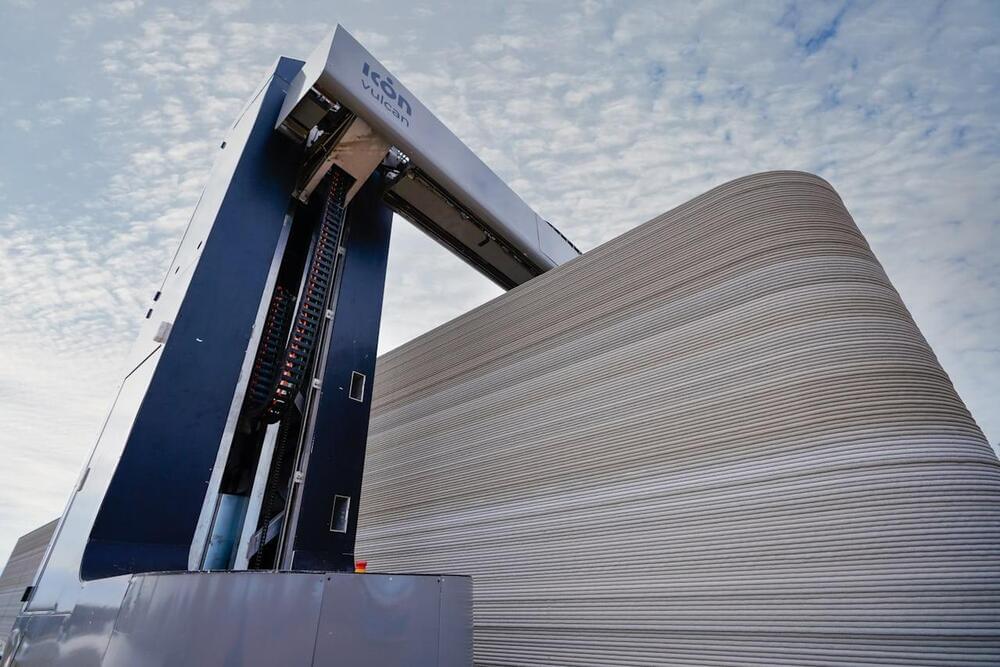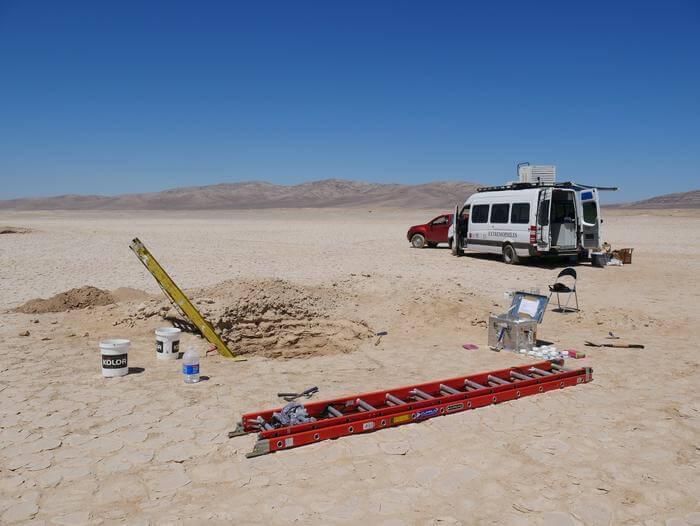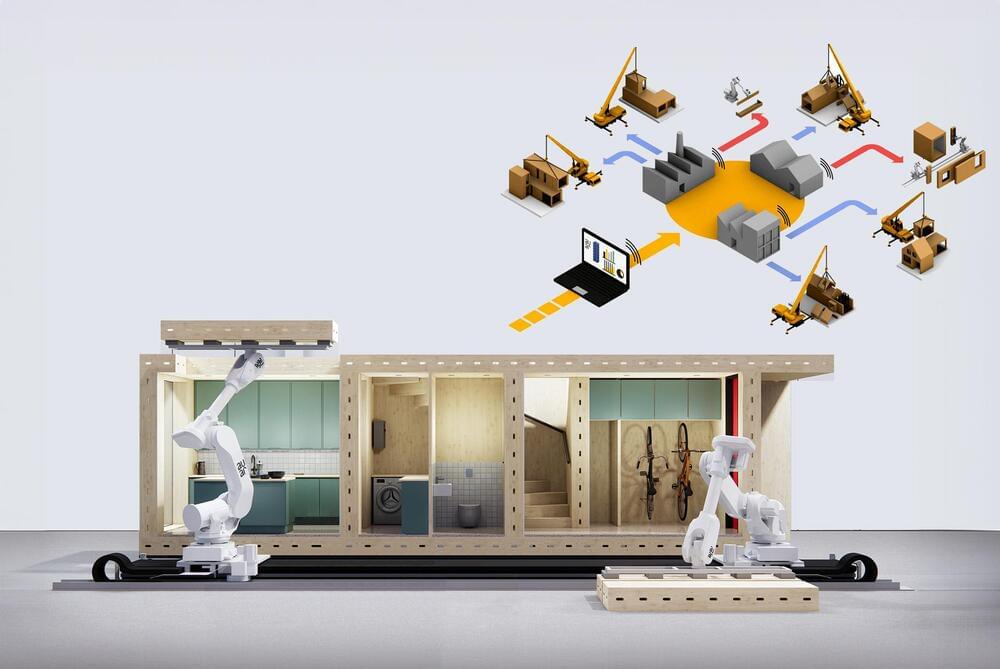POTSDAM, Germany — One of the most lifeless places on Earth is actually hiding an underground biosphere teeming with microscopic life! Researchers have unearthed this amazing oasis under Chile’s Atacama Desert. The findings not only change our view of life on Earth, but they might prove that there is still life under the soil of dead alien worlds like Mars!
Despite being renowned as the driest desert on Earth, with some regions going decades or even centuries without a drop of rain, researchers from Germany discovered hardy communities of microorganisms that have managed to carve out habitats deep below the desert floor. Down here, totally isolated from the surface world, microscopic life finds a way to eke out an existence against all odds.
Study author Dirk Wagner and the team from the GFZ German Research Centre for Geosciences explain that they detected signs of potentially viable microbial ecosystems as far as 13 feet underground. This remarkable discovery is upending our understanding of desert biodiversity, demonstrating that life can persist in even the most extreme subterranean environments on Earth.






